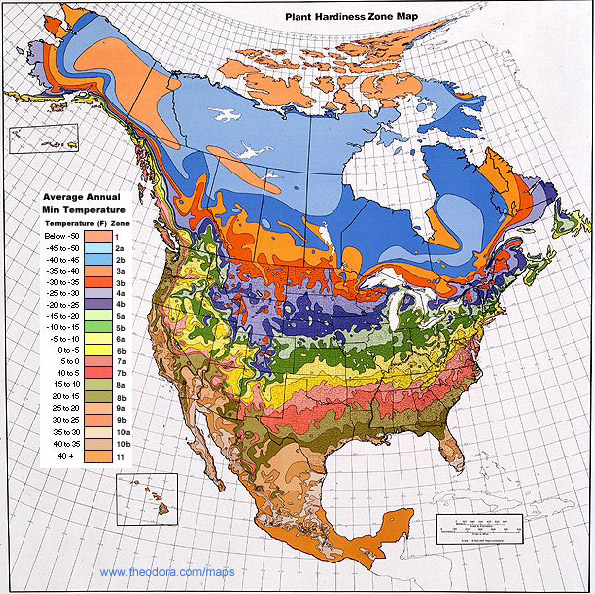OK, what I would expect. However saying that might be the only way your likely to see a larger scale of settlement in the north - OTL Canada, rather than a lower one, TTL.
Okay.
I don't get this?

The population after the end of the ARW would be less as the US gets Canada and OTL Maritimes, both fairly thinly populated, but lose the southern states.
Having gone over the trends again, this statement is probably correct.
While Georgia and Florida may be pretty thinly populated the Carolinas will have substantial populations. In both cases there will be a flight of loyalists to the rump British area. Apart the only way this will be less TTL is that you may not have many freed blacks who served in the British army and they may not want to go to the BSA.
True, forgot that in the calculations. They are a small contingent, though it means that the OTL Canadian provinces that become the US states here are more white and lose even that small population bump.
After the war the US population was largely dominated by natural growth.
IOTL, and it will probably be the major factor ITTL as well, but there is some increased concentration of migration to this US (though not huge) and there is some additional migration especially to Quebec that just didn't happen OTL.
In this case there's the additional factor that you will get less movement from the south as people struggling to complete with the plantations move north, because it involves crossing a national boundary and given their status as 'loyalists', actual or perceived, this may be more problematic.
Right, these people will move west! So the population below 36-30 still remains larger than OTL, but now with increases in westward population growth.
Hence as far as I see it the US has more land, although a lot is rather cool, and a smaller starting population,
All true.
plus less inflow into that region.
Not exactly true.
If they push for bases on the NW coast and generally for more expansive rather than intensive development they may cover the area but more thinly and probably with overall less economic development. [Because the lower population density will discourage infrastructure development as the expected return is lower due to having less customers].
Doesn't take a lot of population to establish bases, so I don't think you need worry about it having huge impacts on population density in the east. Also remember that the US is getting those bases earlier than OTL, so there are more Americans in the Northwest in any given year than OTL, but less than when they went there IOTL - e if a base in the Pacific Northwest was established in 1840 OTL, but 1810 TTL, the 1810 base will likely start with less people than the 1840 base, but there will be more people in that base's location in 1810 ITTL than there was in 1810 OTL, since in OTL there wasn't anyone!
Didn't that occur anyway, but others ended up moving further north, which is less likely now?
Yes, but there are more people in the TTL's British South than OTL's Old South, and they're more likely to move west than north ITTL than in OTL, therefore there are more Southerners in the west below 36-30 ITTL than IOTL.
I'm not saying it would be successful. However think because of the differing politics and geography it might seem a lot easier.
Repatriating blacks to Africa might seem easier ITTL for the British, but less so for the USA.
Is Cuba that valuable
after slavery is banned? While slavery is in place the Caribbean islands were some of the greatest wealth producers and most valuable real estate in the world. After it was banned they became improvished backwaters. Also, to be blunt, a lot of the white population may not care much about the status and living conditions of the blacks as long as their not living on the mainland and competing with them.

The short answer to this is yes, that land is valuable even if slavery is ended. The problem with many of them was management not resources. And no, the whites on the mainland may not care much about the plight of blacks on the islands, but they'll care about how whites on the islands are doing since they are all 'British' whites, and there's a lot of blacks on the mainland who might care about how their fellow 'British' blacks are doing in the islands.
I find that rather surprising given how rich the fisheries were.

Steve
I found a few references suggesting that even during the ARW there was starting to be a shift in the importance of the fisheries there. By 1804, while they are important (otherwise the US wouldn't have bothered to get them back), they are more important to the regional power than to the international ones.


